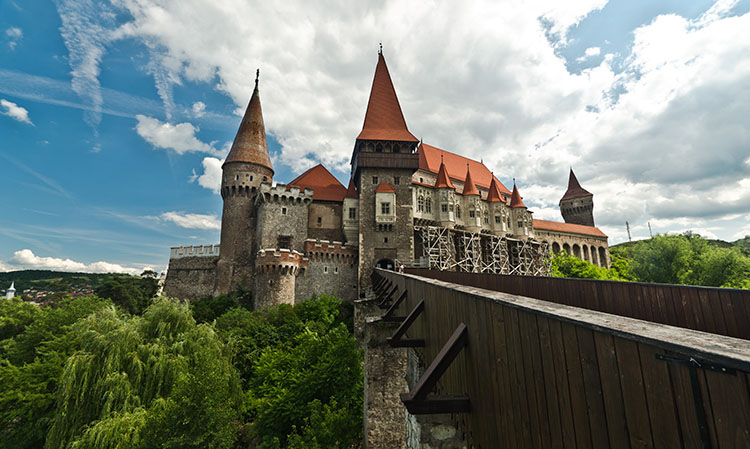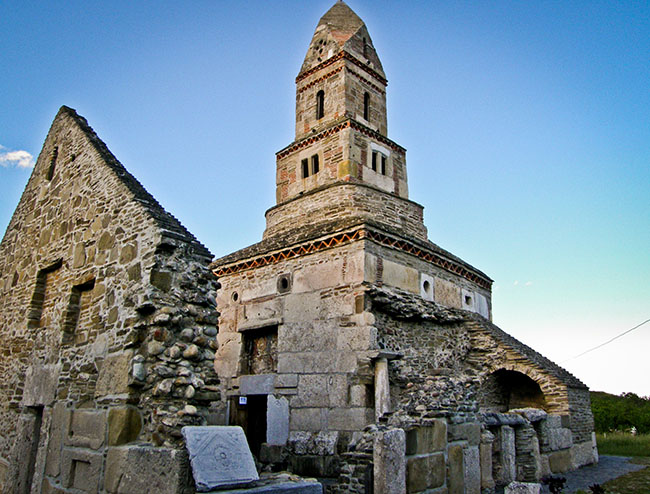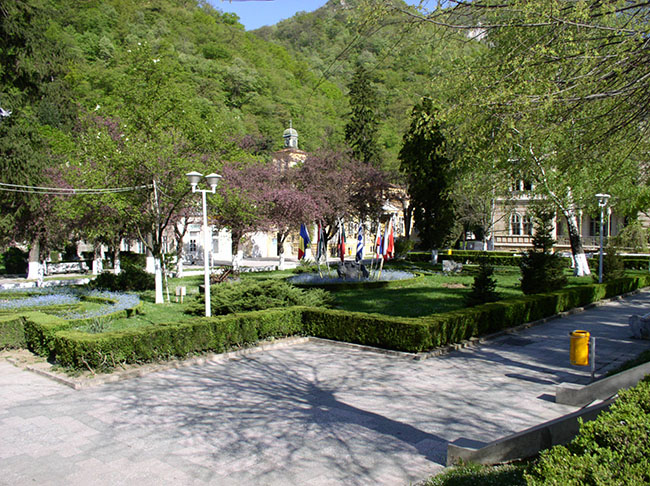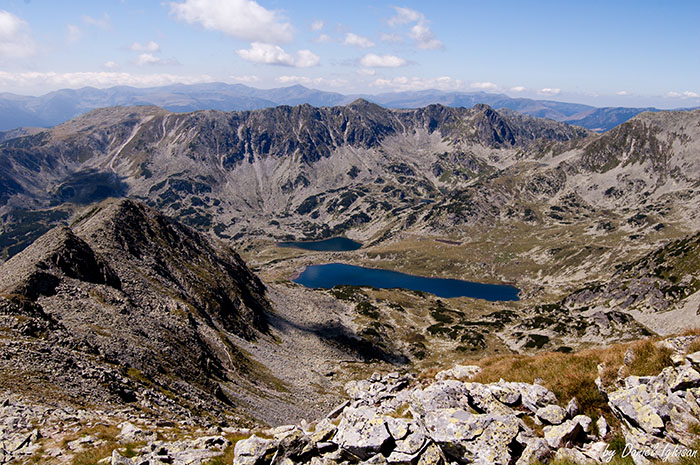Day Trips
Arad
Where: 30 miles north of Timisoara
Access: car, bus, train
www.RomaniaTourism.com/Arad.html
Lugoj – Densus – Colti
Where: 37 – 100 miles east of Timisoara
Access: car
Visit the old town centre in Lugoj with its 18th century Orthodox Church of the Assumption, one of the most representative baroque buildings in Banat.Jules Verne was inspired by the Colti fortress when he wrote his famous novel The Carpathian Castle. His other two novels whose actions take place in Romania are The Danube Pilot and The Stuborn Keraban.
Next, cross the Carpathians into Transylvania and stop by at Densus, where you can find one of the oldest Romanian churches. The strange looking stone monument was built in the 13th century, and some historians assume it is a re-shaped Roman mausoleum. Build from river rocks, bricks with Roman inscriptions and funerary stones, the Saint Nicholas Church at Densus church makes for an interesting visit.
Couple of miles east, climb up to the ruins of the Colti fortress* in Suseni. The Castle was first mentioned in the 14th century as belonging to the Cindea family. From up here enjoy a spectacular view over the rugged peaks and ridges of the nearby Retezat Mountains.
Hunedoara
Where: 105 miles east of Timisoara
Access: car, bus, train
Drive over picturesque hills with secluded villages to Hunedoara. During the 14th and 15th centuries, Hunedoara was one of the main iron extraction and processing centres in Transylvania. The swords and spears manufactured here during this period were renowned across Europe. The town is home to the mighty 15th century Corvinilor Castle (Castelul Corvinilor), one of the most important examples of gothic architecture in Central and Eastern Europe.
For more information about Corvinilor Castle please visit:
www.RomaniaTourism.com/Castles-Fortresses.html#Corvinesti
The region around Hunedoara was one of the earliest settled parts of Romania. Deep in the mountains above Orastie you will find Neolithic remains and vestiges of the Dacian citadels, including Sarmizegetusa Fortress (UNESCO World Heritage Site), seat of kings Burebista and Decebal. The former Dacian capital was conquered by the Romans in 106 AD. Today you can still admire remnants of the forum and the stone amphitheatre, where gladiator shows were held.
Near Hunedoara, you can take in the scenery of Woodlanders’ Country (Tara Padurenilor), a region where people have maintained their traditional dress and folklore.
Retezat National Park
Where: 130 miles east of Timisoara
Access: car
www.RomaniaTourism.com/The-Carpathian-Mountains.html#RetezatNationalPark
Set amid one of Romania’s most beautiful mountain ranges, Retezat National Park claims some of the highest rocky peaks (such as Retezatu and Peleagu, both more than 8,202 ft. in height) reflected in a string of over 80 clear glacial lakes. A hiker’s paradise, Retezat became Romanian’s first national park in 1935 and later, a biosphere reserve.
Herculane Spa (Baile Herculane)
Where: 100 miles southeast of Timisoara
Access: car, bus, train.
Visit one of oldest thermal spas in the world. Legend says that Hercules cured the wounds inflicted by the Hydra by bathing in the mineral springs of this area. Take time to relax in the hot spring near the well-preserved 19th century town.

Corvin Castle 
Densus Church 
Băile Herculane 
Retezat Mountains
